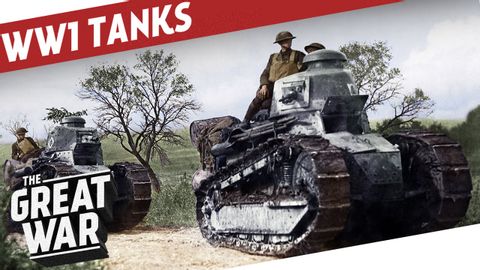
字幕と単語
第一次世界大戦における戦車開発 第一次世界大戦特集 (Tank Development in World War 1 I THE GREAT WAR Special)
00
happy が 2021 年 01 月 14 日 に投稿保存
動画の中の単語
individual
US /ˌɪndəˈvɪdʒuəl/
・
UK /ˌɪndɪˈvɪdʒuəl/
- n. (c.)個人;個々の項目;個体;個人競技
- adj.個人用の;個人の;個々の;独特の
A2 初級
もっと見る break
US /brek/
・
UK /breɪk/
- v.t./i.(記録を)破る;ひびが入る;壊れる;仲たがいする;脱出する;動物を馴らす;粉砕する : 粉々にする;(法律 : 規則 : 約束を)破る;知らせる:公表する;(約束などを)破る;解決への鍵;壊れる;急に:突発する;声変わりする;(岸の岩礁などで波が)砕ける : 砕けて散る;(天候が)急変する;くじく
- n.休憩 : 休み;仲たがい;脱走;好機;解読:解決;(天候の)変わり目
A1 初級TOEIC
もっと見る エネルギーを使用
すべての単語を解除
発音・解説・フィルター機能を解除
